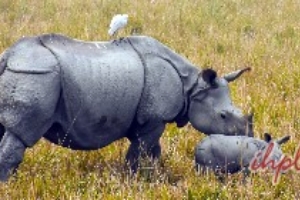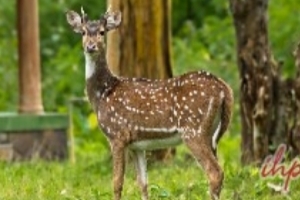The rich and diverse flora and fauna, and the fascinating terrain at Mudumalai Wildlife Sanctuary, Tamil Nadu make it a much sought after destination for wildlife enthusiasts and regular tourists. The flora in Mudumalai is very diverse and differs from one part of the wildlife reserve to another.
Mudumalai National Park is blessed with a varied terrain, comprising flat land, undulating parkland, open grassland, swamp, valleys and ‘nullas’. Flora in Mudumalai is mainly in the form of tropical moist deciduous forests, dry deciduous forests and scrub forests. Tropical evergreen forests, moist teak forests, dry teak forests, grassy woodlands, shrubs and swamps are also found in parts of the sanctuary. Even mixed vegetation types are present in certain parts of Mudumalai.
A moderate climate and varied geographical features result in a rich and diverse flora in Mudumalai. The western Benne Block of Mudumalai Sanctuary experiences more rainfall than the other blocks. Hence, tropical mixed and moist deciduous forests constitute the vegetation in this part. While the central and western parts of the sanctuary are thickly forested, the eastern part is marked by scanty flora in Mudumalai.
Bamboos (Bambusa Arundinacea) Natural teak (Tectona Grandis), Anogeissus latifolia, Terminalia, Crenulata/Terminalia Tomontosa, Grewia, and flowering trees like the Indian Labumusum, Aredesia, and Solanancea are some of the flora in Mudumalai. Rosewood and Teak (Tectona Grandis), two of the most valuable timber trees of India, grow abundantly in Mudumalai Wildlife Sanctuary. Other commonly found flora in Mudumalai includes Sandalwood, Jacaranda (a hardwood timber tree with purple flowers), Mango, Jamun, Tamarind, Banyan, Pipal, and Plumeria.
The breathtaking natural beauty and abundant Flora in Mudumalai make it one of the most visited Wildlife reserves in India.
Best India Wildlife Tours
List Of Popular Wildlife Sanctuaries In South India
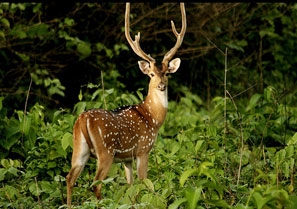 Kabini Wildlife Sanctuary
Kabini Wildlife Sanctuary 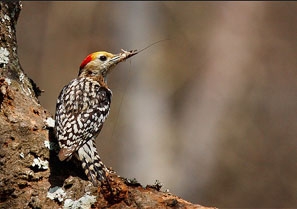 B R Hills Wildlife Sanctuary
B R Hills Wildlife Sanctuary  Dandeli Wildlife Sanctuary
Dandeli Wildlife Sanctuary 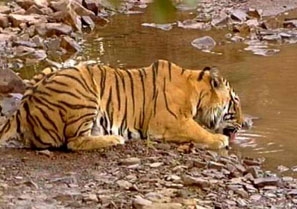 Nagarjunsagar Wildlife Sanctuary
Nagarjunsagar Wildlife Sanctuary 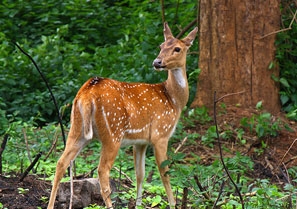 Wayanad Wildlife Sanctuary
Wayanad Wildlife Sanctuary 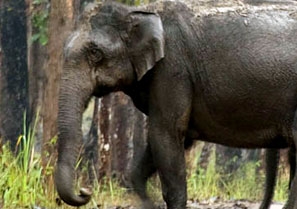 Aralam Wildlife Sanctuary
Aralam Wildlife Sanctuary 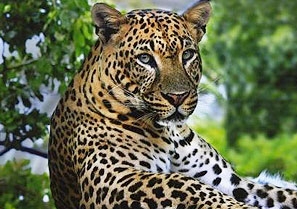 Peechi Vazhani Wildlife Sanctuary
Peechi Vazhani Wildlife Sanctuary  Peppara Wildlife Sanctuary
Peppara Wildlife Sanctuary 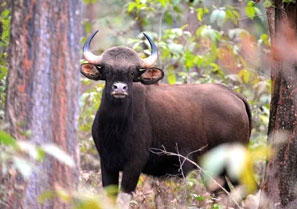 Shendurni Wildlife Sanctuary
Shendurni Wildlife Sanctuary 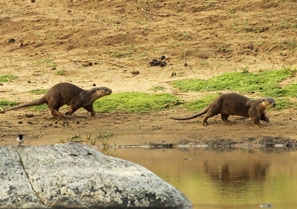 Cauvery Wildlife Sanctuary
Cauvery Wildlife Sanctuary 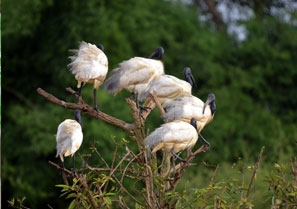 Gudavi Bird Sanctuary
Gudavi Bird Sanctuary 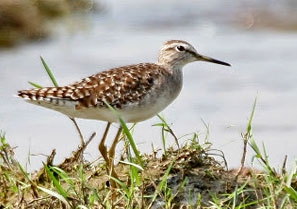 Kolleru Lake Bird Sanctuary
Kolleru Lake Bird Sanctuary 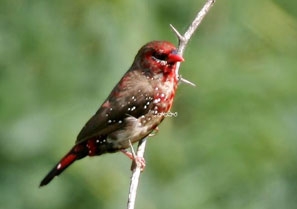 Manjira Wildlife & Bird Sanctuary
Manjira Wildlife & Bird Sanctuary 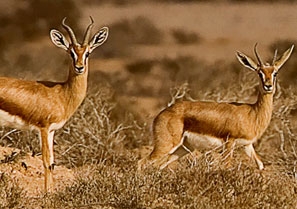 Pakhal Wildlife Sanctuary
Pakhal Wildlife Sanctuary  Papikonda Wildlife Sanctuary
Papikonda Wildlife Sanctuary 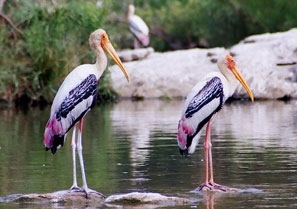 Pocharam Forest Sanctuary
Pocharam Forest Sanctuary  Pranhita Wildlife Sanctuary
Pranhita Wildlife Sanctuary 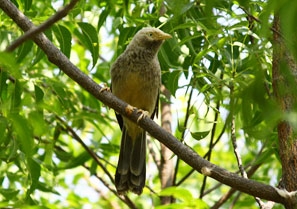 Rollapadu Bird Sanctuary
Rollapadu Bird Sanctuary 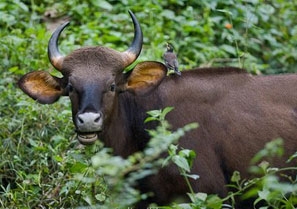 Parambikulam Wildlife Sanctuary
Parambikulam Wildlife Sanctuary  Bhadra Wildlife Sanctuary
Bhadra Wildlife Sanctuary  Krishna Wildlife Sanctuary
Krishna Wildlife Sanctuary 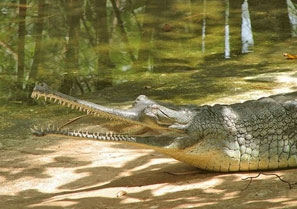 Sivaram Wildlife Sanctuary
Sivaram Wildlife Sanctuary 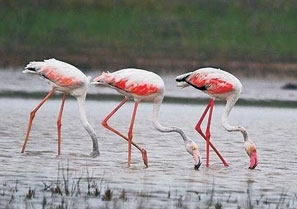 Pulicat Sanctuary
Pulicat Sanctuary 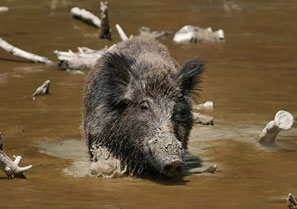 Srilanka Malleswara Sanctuary
Srilanka Malleswara Sanctuary  Chinnar Wildlife Santuary
Chinnar Wildlife Santuary 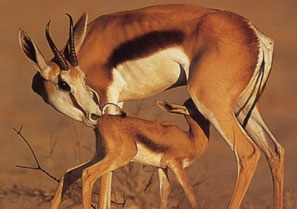 Idukki Wildlife Sanctuary
Idukki Wildlife Sanctuary 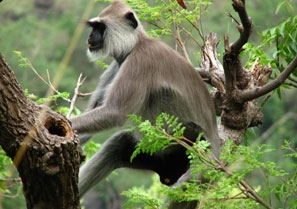 Neyyar Wildlife Sanctuary
Neyyar Wildlife Sanctuary 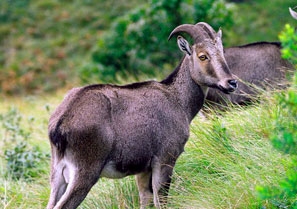 Rajamala Wildlife Sanctuary
Rajamala Wildlife Sanctuary  Coringa Wildlife Sanctuary
Coringa Wildlife Sanctuary 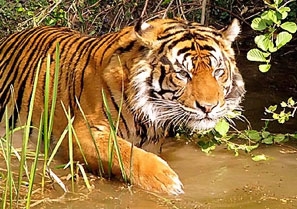 Eturnagaram Sanctuary
Eturnagaram Sanctuary 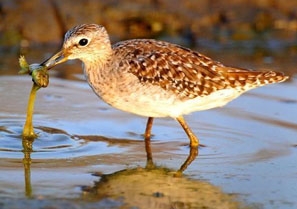 Gundla Brahmeswara Sanctuary
Gundla Brahmeswara Sanctuary  Kaundinya Wildlife Sanctuary
Kaundinya Wildlife Sanctuary 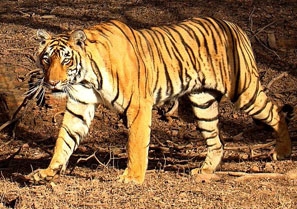 Kawal Wildlife Sanctuary
Kawal Wildlife Sanctuary 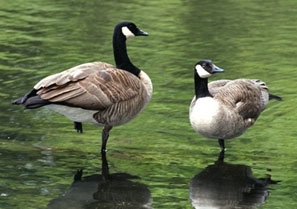 Kinnerasani Wildlife Sanctuary
Kinnerasani Wildlife Sanctuary 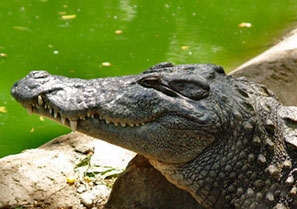 Crocodile Bank Tamil Nadu
Crocodile Bank Tamil Nadu 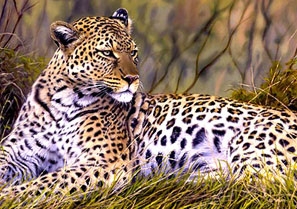 Kalakkadu Wildlife Sanctuary
Kalakkadu Wildlife Sanctuary 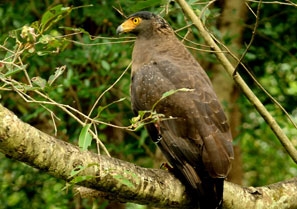 Mundanthurai Wildlife Sanctuary
Mundanthurai Wildlife Sanctuary  Point Calimere Wildlife Sanctuary
Point Calimere Wildlife Sanctuary 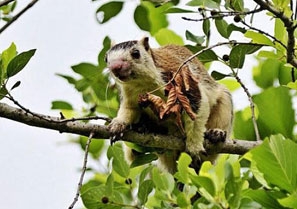 Srivilliputhur Grizzled Squirrel Wildlife Sanctuary
Srivilliputhur Grizzled Squirrel Wildlife Sanctuary 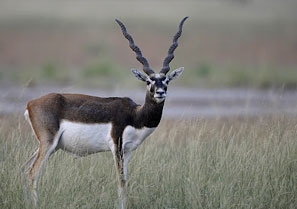 Vallanadu Black Buck Wildlife Sanctuary
Vallanadu Black Buck Wildlife Sanctuary




